perm_identity
Eduardo Bruno Silva
schedule
In our last two articles, we differentiated outputs from outcomes and discussed strategies for focusing on outcomes. In this article, we'll discover how great Product Managers can improve your product process and guide your company toward achieving its goals.
Product Vision
First of all, every product must have a product vision. The product vision is a phrase explaining the product core, as well as what the product should look like in the future. Usually, the product vision is short, inspiring and full of meaning. It is responsible for aligning and motivating everyone in the company to pursue a common goal. Lastly, it should be the main point of convergence: every product idea should be aligned with the product vision. If a feature isn't helping achieve that vision, why create it in the first place?
A great Product Manager will help the company create a strong product vision - if it doesn't have one - as its first action. For startups, the product vision can be the company vision. But for bigger companies with a wide portfolio, each product needs its own product vision, and every product vision should be aligned with the company vision.
Product Roadmap
It's common to view a product roadmap as a list of features with release dates. But that is not the best approach to a roadmap, and a great Product Manager will focus it on something different. The roadmap is about expressing and making clear your strategy and intentions. What limits do you define for the product? What are you willing to try/not try? Which markets and which business goals are you working toward?
Think about an actual road trip--you have defined where you want to go (your vision), and now you're planning how you'll get there. For example:
- I will take the shortest possible way;
- I will avoid all road tolls;
- I will avoid big cities;
- I will try to stay on highways.
All of these are possible strategies for reaching your destination, and each expresses an intention. I will repeat this: your roadmap expresses an intention - not a commitment. What if an accident happens ahead of you and you need to find an alternate route? What if there is no possible way to avoid a road toll? What if your car malfunctions and you actually need to change your transportation method to a bus or train?
On a road trip, you can't say that you are going to arrive at your destination on February 5th at 15:37, having spent exactly $232.76. In the same way, you should avoid saying that you are going to deliver X on Y date in your roadmap. A lot happens during a traveling adventure, and the same is true of product creation.
Thinking of a roadmap as a list of features is actually another side effect of output-driven management. Rather than achieving business results (and the product vision), a list roadmap is just making sure that you are delivering outputs.
Instead, your roadmap should show themes and problems that you want to tackle. And it must also show some kind of prioritization, e.g. this theme will be first, and this other theme will follow next.
Jobs-to-be-Done
An important tool in every great Product Manager's toolset is the jobs-to-be-done framework. This framework helps the company understand what "thing" the customer wants to accomplish so that it can stay focused on solving any impediments the customer faces. Understanding the job the customer is trying to do can take the product to a whole new level.
Alan Klement defines a job-to-be-done as: "... the process a consumer goes through whenever she aims to transform her existing life-situation into a preferred one, but cannot because constraints are stopping her."
Understanding the job that the customer is trying to accomplish and then focusing on helping the customer achieve that job in the fastest, cheaper, or even funniest way possible will also help you achieve outcomes.
Product Discovery
A great Product Manager will help your company achieve its goals by solving customer problems. In order to do that, product teams can't hide in their offices and guess at what customers could potentially want. To actually understand what customers want - or what their jobs-to-be-done are - we need to talk to them.
It's nice to come up with product ideas, build them, and deliver them for customers to use. But remember: most startups fail precisely because they don't solve a customer problem. We have several cognitive biases in our own heads that can lead us to poor decision-making: confirmation bias makes us look to information that proves our own beliefs. And worse still, with the backfire effect bias, we tend to reject evidence against our own beliefs.
In order to make the right decisions and focus on real customer problems, product companies need strong Product Managers capable of suspending their own biases and actually listening to customers.
This process of talking to customers, understanding their problems, and designing a product to help them is what is called Product Discovery. There are many techniques to help you with Product Discovery - think about Lean Startup and Design Thinking, for instance.
Can you think of other ways that a Product Manager can help companies stay focused on outcomes? Leave your comments below!
Author
Eduardo Bruno Silva
Eduardo Bruno Silva is a Product Owner at Avenue Code who loves to solve problems for users and customers. He also enjoys reading, video games and craft beer!




